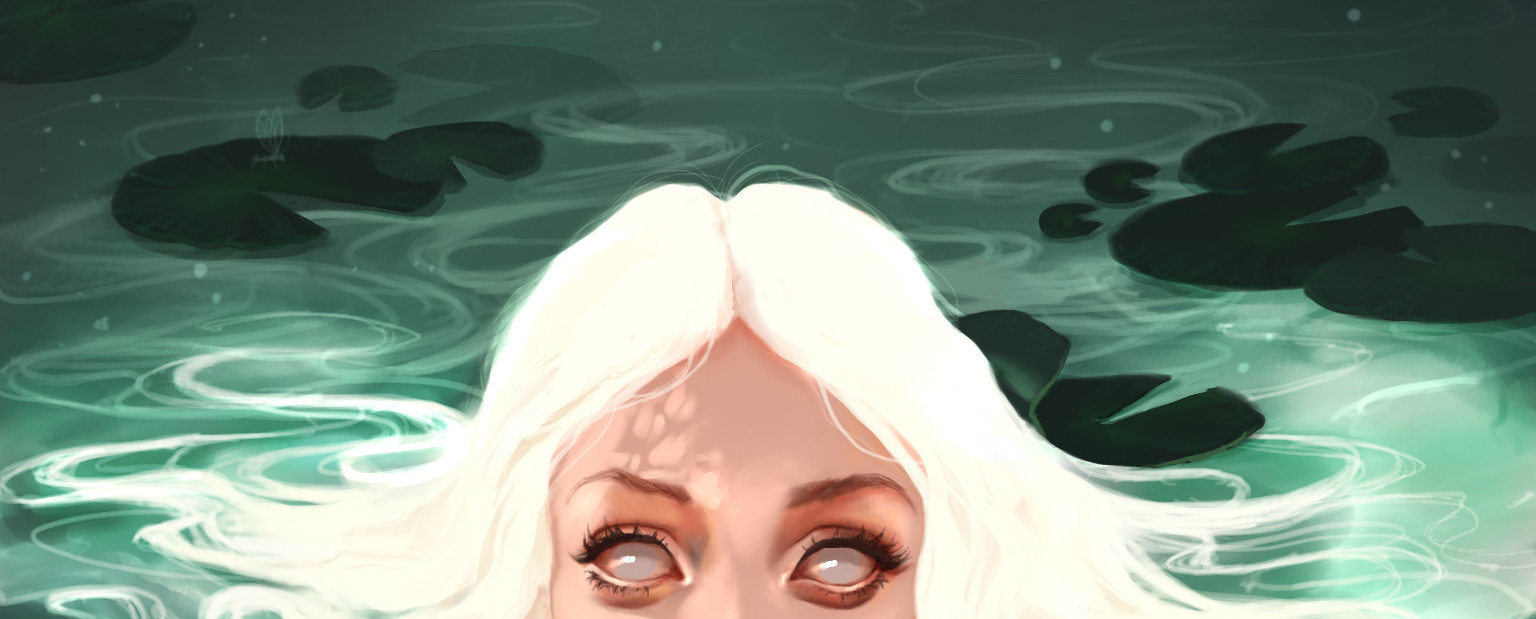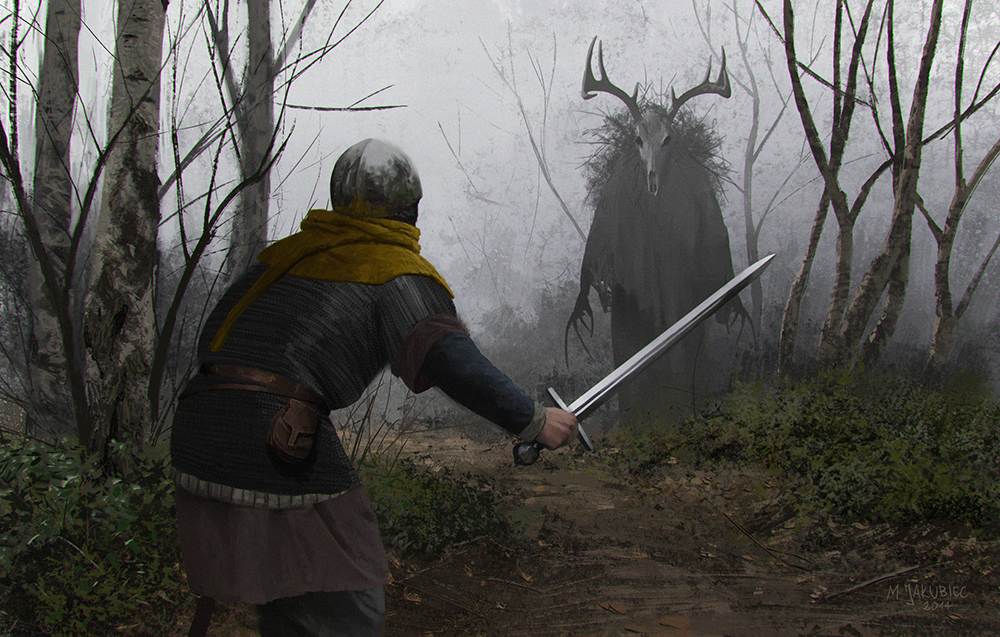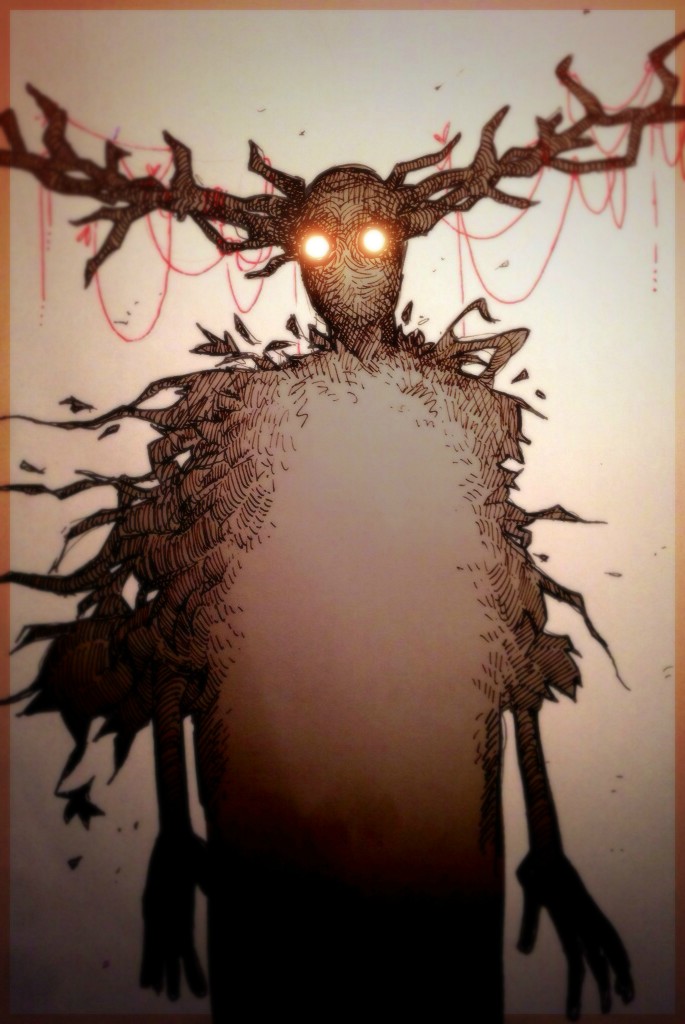Nymph
We don't hunt in these woods. Not anymore.Nymphs are the only species of ur-fey still known to exist across the world. Ancient beings, they are thought to be creatures primarily comprised of spirits alone – pure magical forces given shape early in the world's creation and left unbound to sheer physical form. This reason, it is presumed, is why the various forms of nymphs are directly influenced by the environments which they inhabit. A nymph may choose to represent itself as any living aspect of its domain in part or in whole, though are traditionally associated with long-lived plantlife – trees in particular – and apparently may shift between any of these representations more or less at will, barring extreme circumstances or immediate physical damage. Dryads particularly have become associated with humanoid forms comprised of leaves, twigs, and various trappings of forest-dwelling creatures. They are not bound by mortal laws, however, and a nymph which looses its current form due to destruction or the rot of time may simply amalgamate a new form from the pieces in its habitat. Even so, they bare no true physical shape, and only seem actually damaged by supernatural or spiritual methods and severe harm to their environment. Unsurprisingly, nymphs bare incredible significance in a number of religions spread throughout the world due to this intrinsic link to nature and unbound spiritual forms, represented variously as gods or demigods, ascended mortals, ancestral collectives, representational spirits, and residual forces of creation among much else. Worship of nymphs has seen divergent results, with some ignoring this worship entirely while others have seemed to appreciate the devotion and offer their worshippers protection within their environments, more bountiful crops, and other such benefits. Historical accounts of hostilities between nymphs and kithfolk are rare, though those which escalate are quite harrowing in nature. A nymph displeased with interlopers of its environment will most often simply attempt to discourage them from remaining in its domain; in the case of a dryad, darkening and quieting the woods, stalking the foreign kith with wolves, and placing dangerous or otherwise harmful plantlife within their path are all common efforts to drive out unwanted guests. One particular incident of a dryad of the Willowwoods intentionally harshening the soil of a nearby village which had ceased their worship has been well-documented in historical texts. Antithetically, one who wishes to maintain the peace and solitude of its environment will occasionally assist those traveling through to move along as quickly as is possible, naturally guiding their way, speeding the currents to assist with naval travel, and so on. Once angered, however, a nymph can be a terrible force to be reckoned with by mortals, as a fight against the very forces of nature usually proves insurmountable by even large forces. While much less well-documented than the aforementioned case of a village's withering crops, tales of intrusive kith assaulted endlessly by natural predators, strangled to death beneath the undergrowth by thorny weeds, pulled unrelentingly beneath the water's surface, or mercilessly laid bare to the sun by harsh sandstorms and swarming insects are seen in cultures across each continent, and such trials are usually linked to environmental slights.
Basic Information
Anatomy
Sometimes, a nymph may choose to represent themselves in a somewhat kithlike form, particularly when in conference with non-hostile kithfolk. Such transformations vary tremendously depending on the individual nymph in question, though are traditionally associated with supernatural beauty and grace. Despite historical association with the feminine, what few documented conversations between nymphs and kith exist detail a disregard for concepts of sex, gender, and presentation thereof – kithlike dryad forms are most often androgynous.
Naiads hold particular association with these kithlike forms due to the comparative lack of living appearances from which to draw their forms in some cases.





Comments